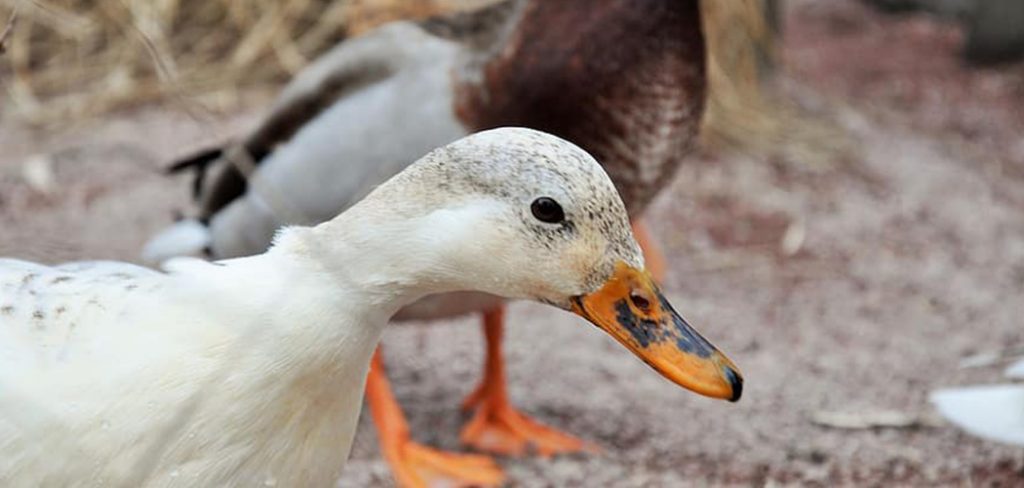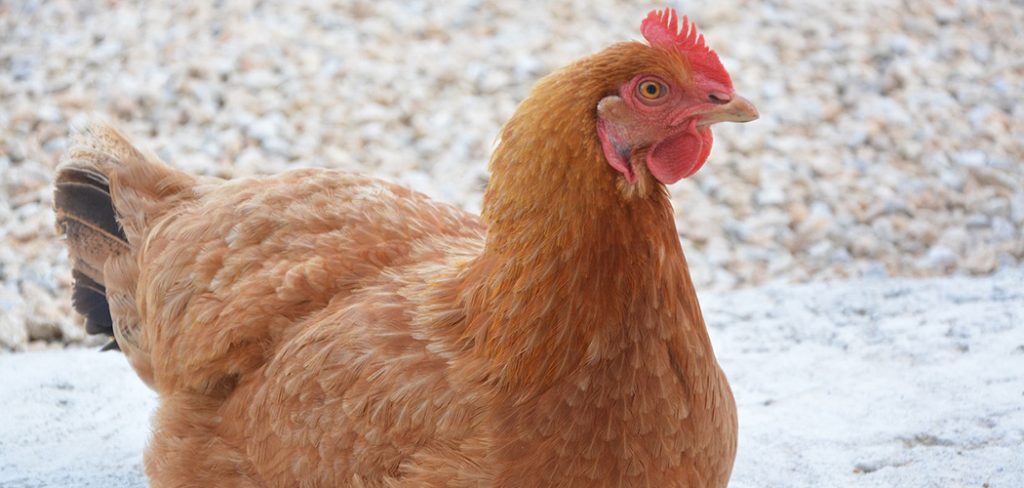Ducks with Blue Bills can be easily identified as a compact diving duck. The males are differentiated form the females by the appearance of bills that are brightly light blue and appear scooped.
The males also have chestnut plumage. That are generally deep with the exception of the head and the neck and the centre of the belly. Also there tail is different from that of the females. When identifying females, they have bills that are brown in colour with darker plumages than that of the males. The blue-billed ducks are aquatic ducks and can rarely be seen on land.
They often make a congregation of several hundred individuals in larger dams with deep open freshwater. These birds are nomadic and highly distributed in Australia. Their mode of feeding involves the surface of the water as well as diving; they feed mostly on insects, seeds, leaves, fruits. So what are this blue billed ducks exactly, let’s find out.
What are Blue-billed Ducks?
Referred to by their scientific name as Oxycura australis, blue-billed ducks are small Australian birds that have a stiff tail, with both gender growing up to a length of 16 inches (40cm) with a fully grown blue billed duck weighing up to 800grams. When differentiating their gender, the males have chestnut plumages that are generally deep with the exception of the head which is dark and the upper neck as well as the centre of the belly which varies in colour from white to orange-brown. Duck-billed male ducks have tails that are dark having feather tips that are pointed stiffly. The females on the other hand, have a brown bill with plumages that are darker in colour than that of the males, with narrow bands of light brown feathers. They have a black upper tail, and the chin and throat exhibit a speckle black colour.
Ducks with blue bills are mostly aquatic birds, and they are rarely seen on the land. Flocks of these birds that are not breeding can be seen gathering together into several hundred individuals on large freshwater dams that are deep and open. During the day, these birds are solitary, spending these hours within vegetation or in large rafts exposed far from the shore.
Where can be found
Endemic to Australia, the blue-billed duck is found in the temperate wetlands, located to the south-east and south-west parts of the Australian continent. Still, some species of these birds are located in parts of North America, Canada and in Europe. Blue-billed ducks are seasonally nomadic birds. Every year, young ducks disperse from their birth swamps inland to non-breeding areas where they moult. The blue-billed ducks feed on the surface of water or feed through diving. They largely feed on aquatic insects such as caddis flies, flies, chironomid fly larvae, caddis flies. These ducks are also fond of seeds, leaves, fruit, buds, and stems of various plants.
These birds are threatened by habitat adjustment or devastation, and the most apparent threat is in the drainage works, burning, clearing or cropping. The conversation status of the blue-billed ducks is vulnerable.
Different Kinds of Blue-billed Ducks
The Greater Scaup
These blue-billed ducks are commonly found in Europe and North America and are mid-sized, considerably larger when compared to lesser scaup. During the summer months, these birds are mostly breeding in areas around north Europe, northern parts of Canada, Siberia and Alaska. These species is recognised by the International Union for Conservation of Nature (IUCN) as a least-concern species, evaluated as not being a centre of attention when it comes to species conservation.
The Drake greater scaup are larger birds and they have heads that are rounder than those of the females, with yellow eyes and their bills are bright blue. They have darker heads and with a glossy green colour. The females are brown in colour with dull blue bills and white on the wing. These birds nest near water, usually on islands or vegetation mats floating on water. In addition to this, greater scaups can grow to a length of 22 inches (56cm) and weigh almost 1360g. They face threats from various predators including owls, racoons, skunks; humans also are considered one of the predators preying on the blue-billed ducks.
Lesser Scaup
Known commonly as the little bluebill, these ducks with blue bills are widespread around North America and are normally found in inland waters. They are very active birds when it comes to feeding, diving and resurfacing in water repeatedly. Their conservation status is still abundant; however, there has been a decline in their total population in the recent decades. The causes of this decline are yet to be established and well understood. The lesser scaup migrate in flocks and they migrate in late fall as well as early spring.
Benefits of Blue-billed Ducks
Blue-billed ducks are a visual spectacle; they form tens of thousands of canvasbacks in the air flying of loafing on water bodies. One can be left in awe by watching waves of blue-billed ducks rising form open water merging into one huge skeinof scaup. In addition to this, these ducks are very tasty and they are a delicacy in some countries. When they are cleaned and prepared well, their meat is very tasty. These ducks are often eaten fresh as preserving the meat will ruin it. The birds should be clean before preparing.
Conclusion
Ducks with blue bills are very important species that are found in large fresh water dams. These birds are mostly aquatic birds, and they are rarely seen on the land. The blue-billed ducks are endemic to Australia, the blue-billed duck is found in the temperate wetlands, located to the south-east and south-west parts of the Australian continent but some species can be found in North America and parts of northern Canada and Europe. They are threatened by habitat modification or destruction. These birds are of two kinds, the greater scaup and the lesser scaup located in different parts of the world, and they feed on a variety of insects and other things like leaves and seeds.
Check my post on duck ponds ideas and DIY duck house.

